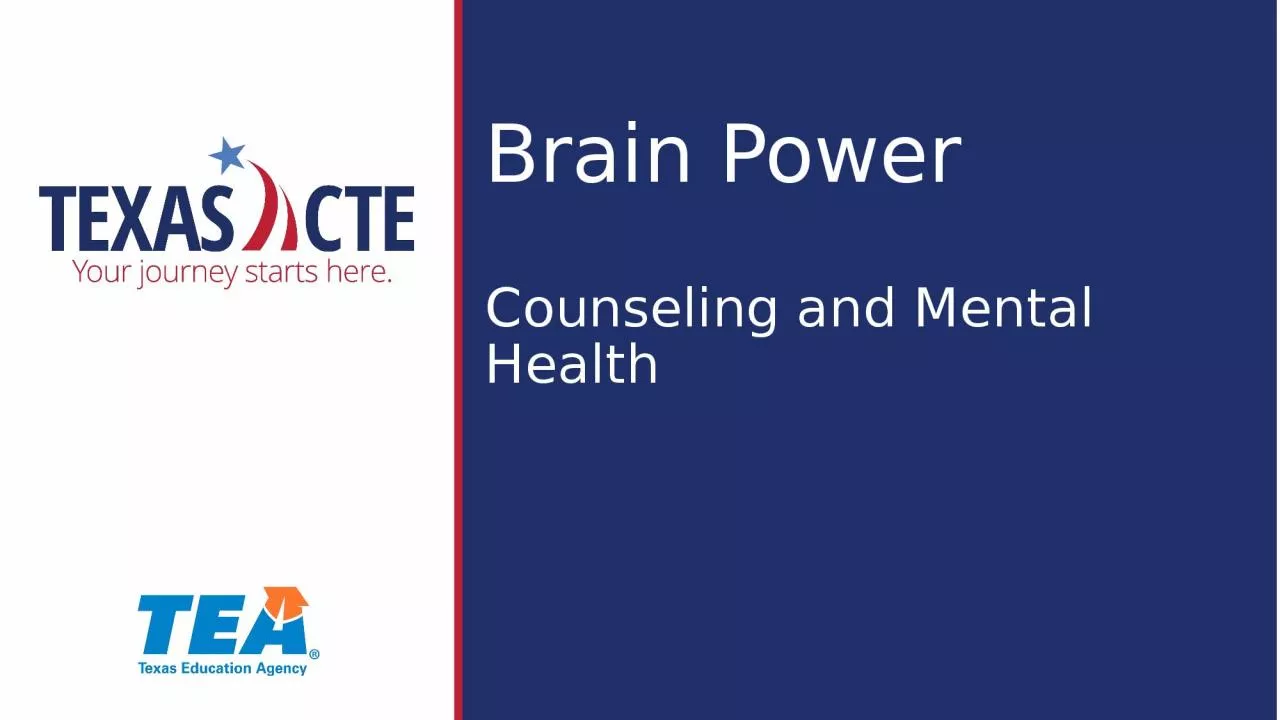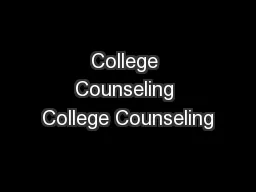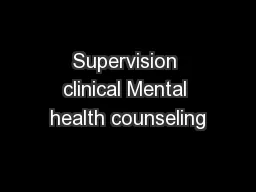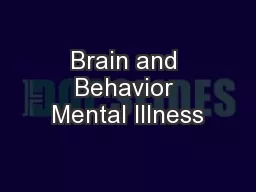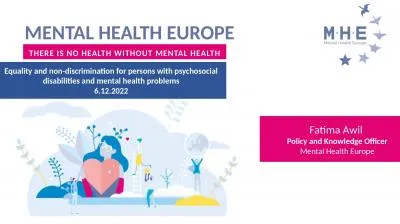PPT-Brain Power Counseling and Mental Health
Author : cora | Published Date : 2024-01-29
Did You Know There over a billion nerve cells in the human body Nerves can carry signals at 100 meters per second If all your neurons were lined up they would form
Presentation Embed Code
Download Presentation
Download Presentation The PPT/PDF document "Brain Power Counseling and Mental Health" is the property of its rightful owner. Permission is granted to download and print the materials on this website for personal, non-commercial use only, and to display it on your personal computer provided you do not modify the materials and that you retain all copyright notices contained in the materials. By downloading content from our website, you accept the terms of this agreement.
Brain Power Counseling and Mental Health: Transcript
Download Rules Of Document
"Brain Power Counseling and Mental Health"The content belongs to its owner. You may download and print it for personal use, without modification, and keep all copyright notices. By downloading, you agree to these terms.
Related Documents

